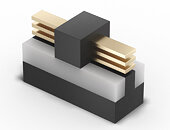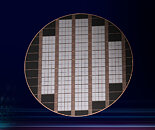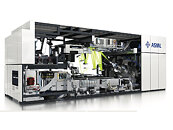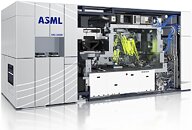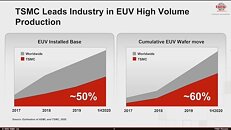
ASML's Ex-Employee in China Allegedly Stole Confidential Information
The Netherlands-based ASML has reportedly launched a comprehensive investigation into the company's branch in China following reports that one of its former employees allegedly stole confidential information. According to Bloomberg, the employee in question was part of a product life cycle management (PLM) program for ASML's advanced lithography solutions. Specifically, the employee worked for the Teamcenter software division responsible for lithography tool management. This software was used to create digital twins of scanners and other tools and allowed information to be shared among the company's employees. In ASML's case, the software contained all the confidential information about the scanners and how they work, which makes it a target for IP theft. We do not know if this is a China-sponsored action to boost its domestic lithography tool development; however, ASML has issued a statement below.
ASMLWe have experienced unauthorized misappropriation of data relating to proprietary technology by a (now) former employee in China. We promptly initiated a comprehensive internal review. Based upon our initial findings we do not believe that the misappropriation is material to our business. However, as a result of the security incident, certain export control regulations may have been violated. ASML has therefore reported the incident to relevant authorities. We are implementing additional remedial measures in light of this incident.

























